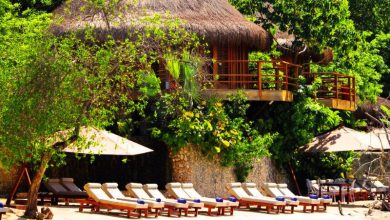Exploring 10 interesting facts about Cibola National Forest
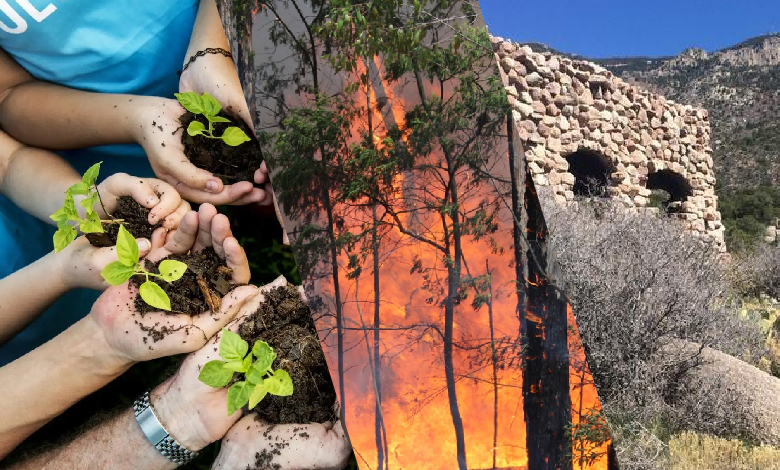
The expansive Cibola National Forest in New Mexico offers tourists a multitude of outdoor leisure activities and breathtaking natural beauty to explore. The forest spans a variety of terrain, from high desert plains to steep mountains.
Four ranger districts make up the Cibola National Forest, which was established in 1905 and covers more than 1.6 million acres: Sandia, Mount Taylor, Magdalena, and Mountainair. 10 fascinating facts about Cibola National Forest are listed below.
1. Ecological Diversity
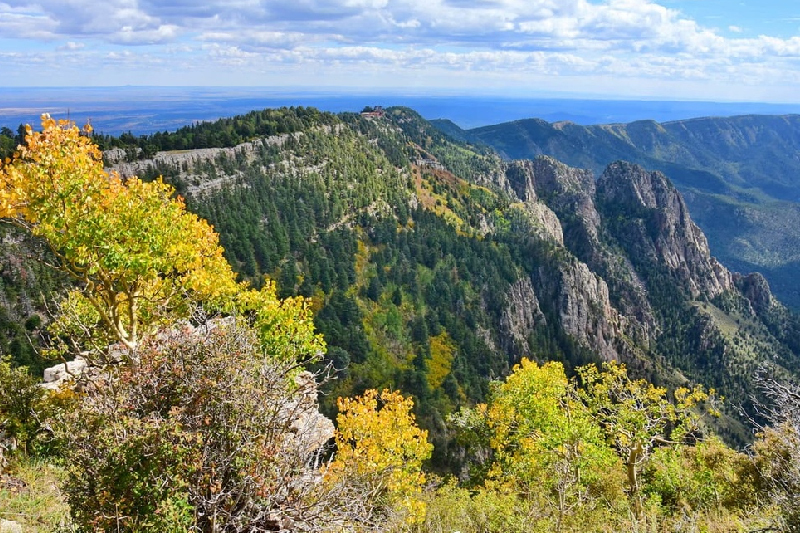
Cibola National Forest boasts a remarkable diversity of ecosystems, including ponderosa pine forests, high desert shrublands, alpine meadows, and rugged mountain peaks. This diverse landscape provides habitat for a wide variety of plant and animal species, making it a haven for biodiversity.
2. Spanish Influence

The name “Cibola” is derived from the Spanish word for “buffalo,” reflecting the region’s historical significance as a hunting ground for Native American tribes and Spanish settlers. The forest’s rich cultural heritage is evident in its historic sites, petroglyphs, and archaeological ruins.
3. Sandia Crest
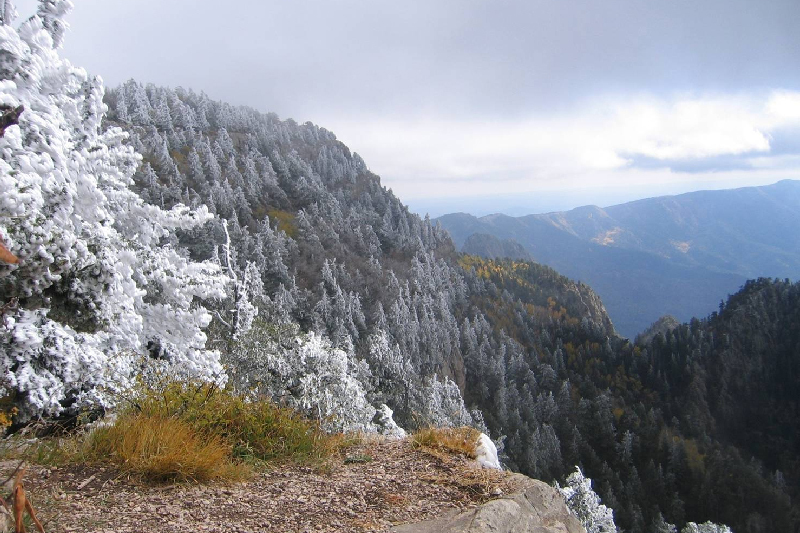
At an elevation of over 10,000 feet, Sandia Crest is the highest point in the Sandia Mountains and offers breathtaking panoramic views of the surrounding landscape, including the city of Albuquerque and the Rio Grande Valley. Visitors can access Sandia Crest via the Sandia Peak Tramway, one of the longest aerial tramways in the world.
4. Ancient Volcanoes

Cibola National Forest is home to several extinct volcanoes, including Mount Taylor, which rises to an elevation of over 11,000 feet. Mount Taylor is considered a sacred mountain by Native American tribes and is part of the Mount Taylor Volcanic Field, a geologically significant area characterized by its volcanic peaks and lava flows.
5. Wildlife Viewing
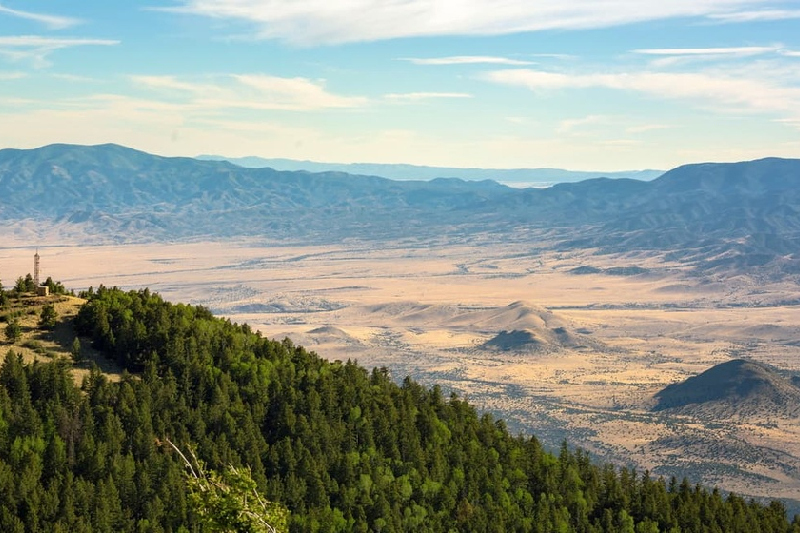
The forest is home to a diverse array of wildlife species, including elk, mule deer, black bear, mountain lion, and numerous bird species. Visitors to Cibola National Forest can enjoy wildlife viewing opportunities along scenic drives, hiking trails, and designated wildlife viewing areas.
6. Recreational Activities
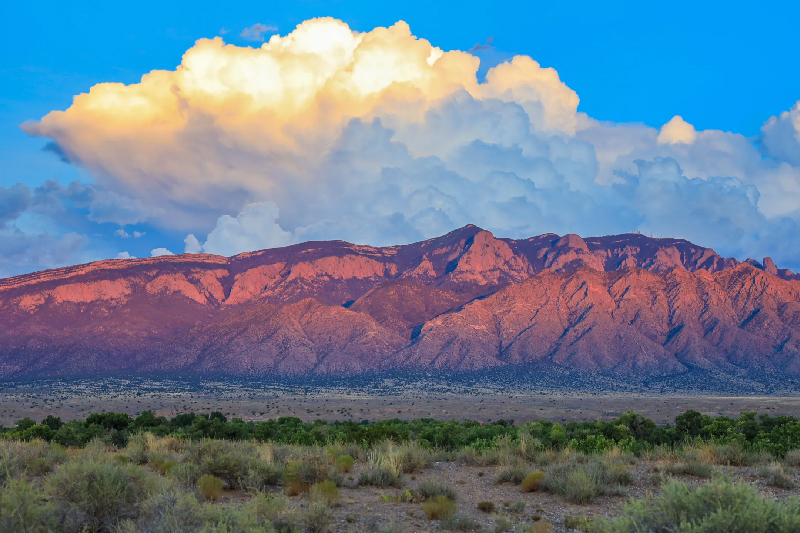
Cibola National Forest offers a wide range of recreational activities for outdoor enthusiasts, including hiking, camping, mountain biking, horseback riding, fishing, and hunting. With hundreds of miles of trails and numerous campgrounds scattered throughout the forest, there are endless opportunities for adventure and exploration.
7. Wilderness Areas
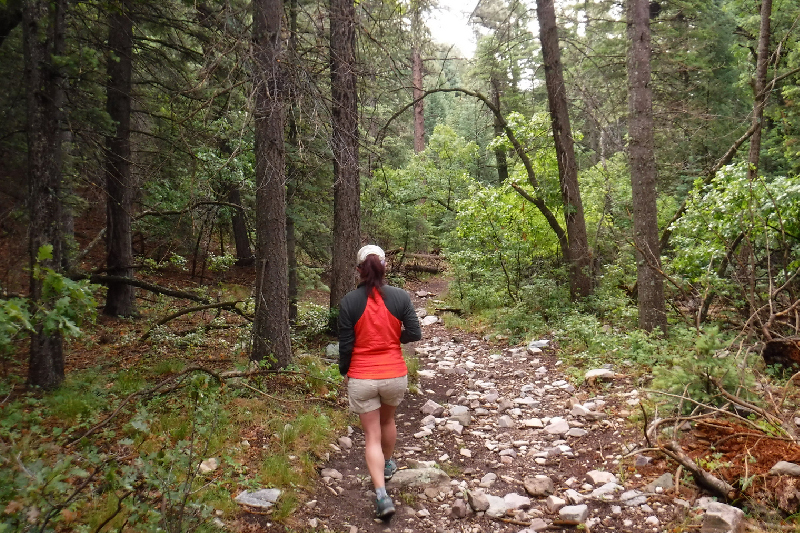
The forest contains several designated wilderness areas, including the Sandia Mountain Wilderness, Manzano Mountain Wilderness, and Withington Wilderness. These pristine wilderness areas offer solitude and primitive recreation opportunities, allowing visitors to experience the unspoiled beauty of the natural landscape.
8. Historic Sites
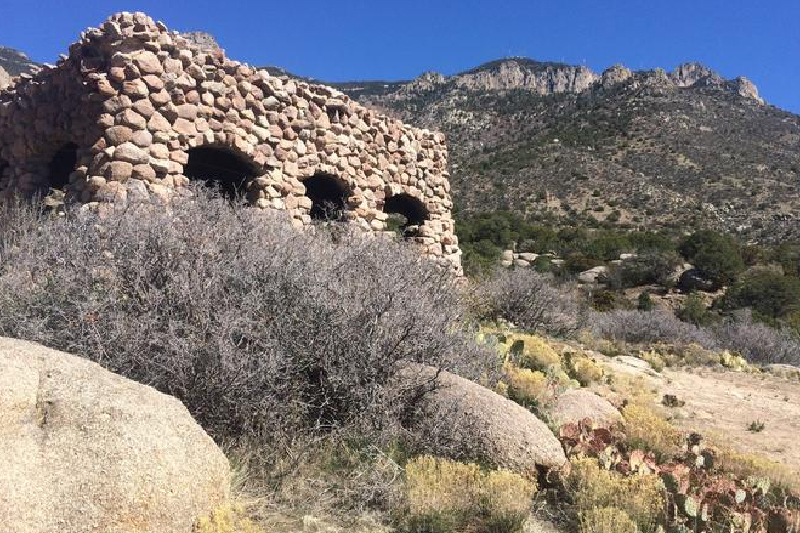
Cibola National Forest is home to several historic sites and landmarks, including the Abo and Gran Quivira Pueblo ruins, which are part of the Salinas Pueblo Missions National Monument. These ancient pueblo ruins offer insight into the region’s rich cultural history and provide a glimpse into the lives of the indigenous people who once inhabited the area.
9. Fire Management
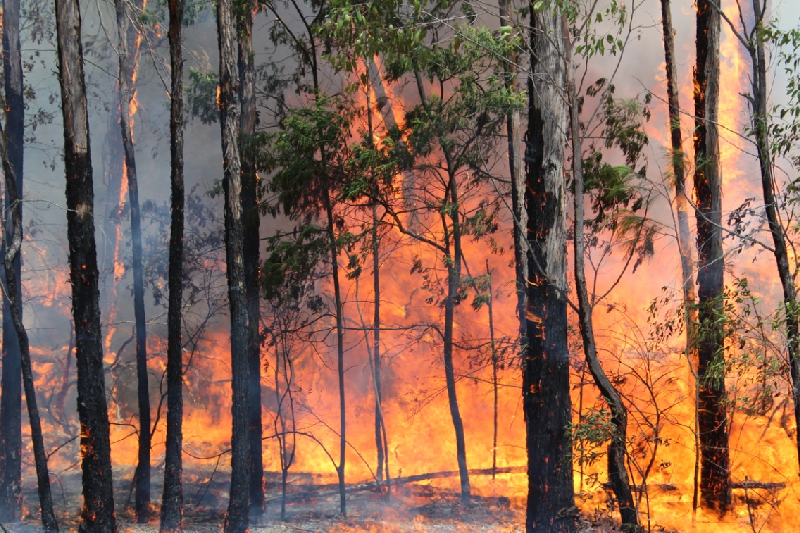
Fire plays a natural and essential role in shaping the ecosystems of Cibola National Forest. The forest service employs a variety of fire management techniques, including prescribed burns and wildfire suppression, to maintain healthy forest ecosystems and reduce the risk of catastrophic wildfires.
10. Conservation Efforts

Cibola National Forest is actively involved in conservation efforts aimed at preserving and protecting its natural resources. The forest service collaborates with various organizations, agencies, and stakeholders to implement sustainable land management practices, promote environmental stewardship, and safeguard the forest for future generations to enjoy.
To sum up, the Cibola National Forest is a veritable gold mine of biological diversity, scenic beauty, and cultural legacy. The forest provides countless chances for discovery, adventure, and a love of nature with its rough mountains, old volcanoes, pure wilderness regions, and historic places. Explore the Cibola National Forest, whether it’s for hiking on beautiful trails, camping beneath the stars, or learning about the area’s fascinating history.
